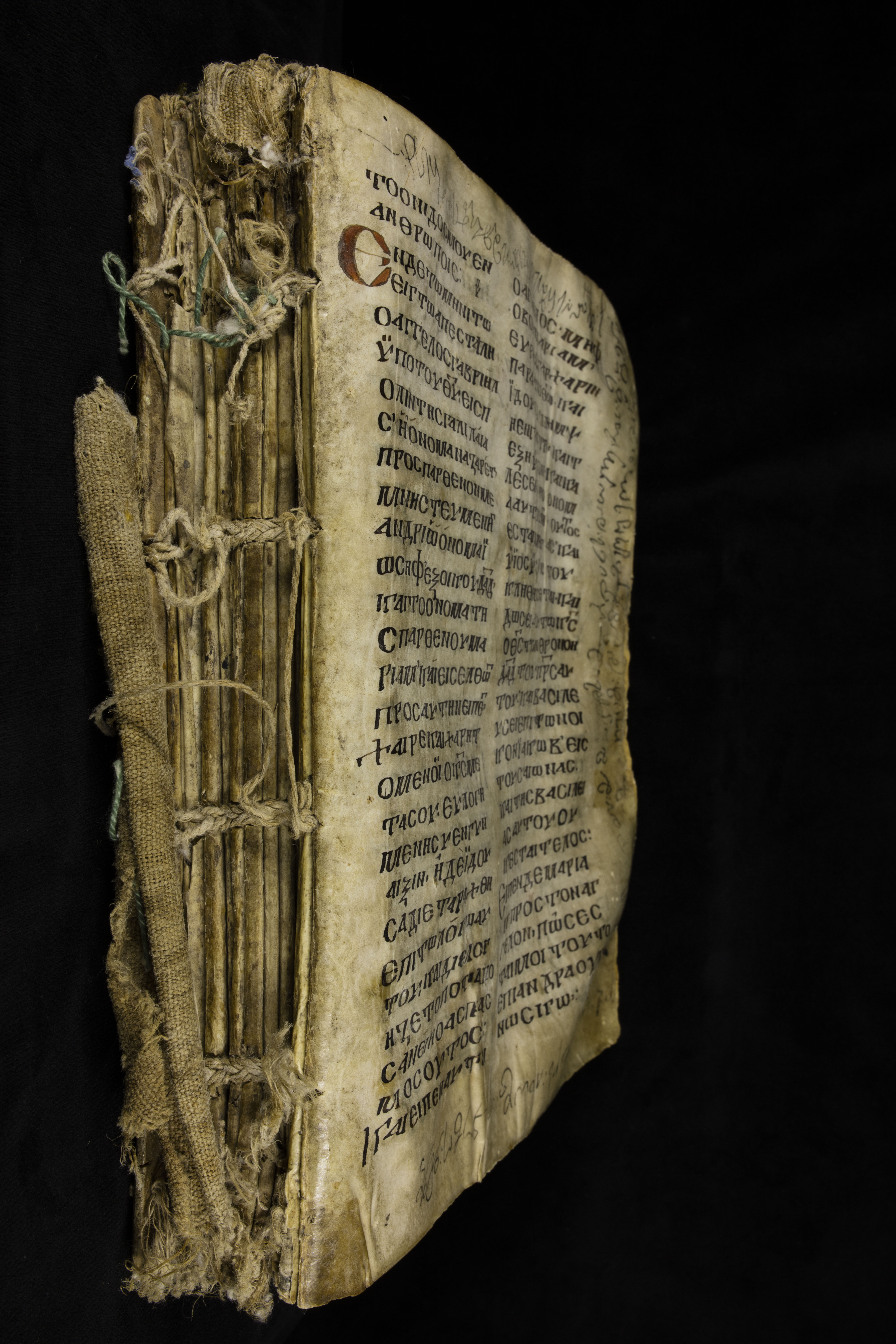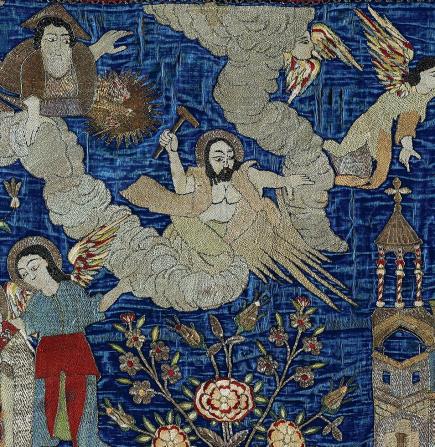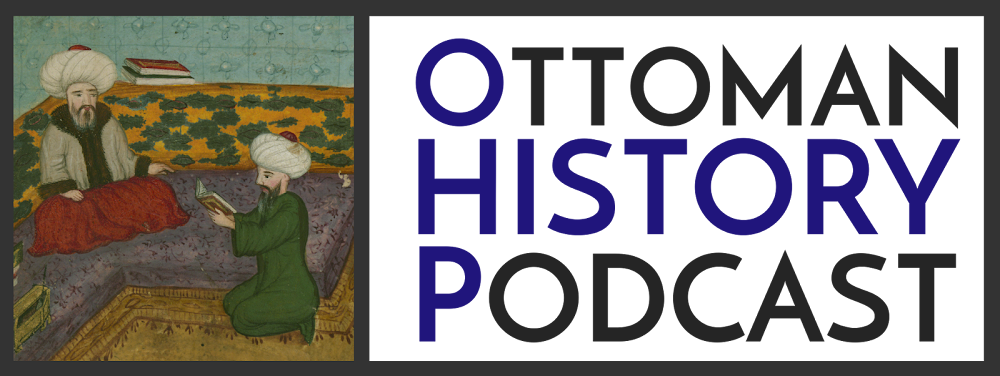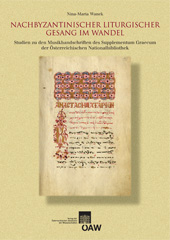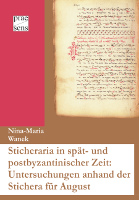Altar Frontal (detail). New Julfa, 1741. Gold, silver, and silk threads on silk. Mother See of Holy Etchmiadzin, Armenia
(Photo: Hrair Hawk Khatcherian and Lilit Khachatryan)
Le Met accueillera une exposition
d’envergure autour de l’Arménie médiévale
| Dates de l’exposition : | 22 septembre 2018–13 janvier 2019 |
| Lieu d’exposition : | The Met Fifth Avenue, premier étage, Galerie 199 |
Armenia!, qui ouvrira ses portes le 22 septembre au Metropolitan Museum of Art, explore l’art et la culture des arméniens depuis leur conversion au christianisme au début du IVe siècle jusqu’au XVIIe siècle, époque où ils jouaient un rôle prépondérant sur les routes commerciales internationales. L’exposition met l’accent sur la création par les arméniens d’une identité nationale distincte au sein de leur pays, au pied du Mont Ararat (largement reconnu comme étant le lieu où s’est posé l’Arche de Noé), ainsi que sur le maintien et l’évolution de leurs traditions lors de l’expansion de la communauté arménienne dans le monde entier.
Plus de 140 objets – somptueux reliquaires dorés, manuscrits richement enluminés, tissus rares, tissus d’ameublement liturgiques faits d’étoffes précieuses, khachkars (pierres à croix), maquettes d’églises, livres imprimés – témoignent de l’imagerie caractéristique provenant à la fois de l’Arménie elle-même mais aussi d’autres grands sites arméniens, du royaume de Cilicie en Méditerranée à la Nouvelle Djoulfa, dans la Perse des Safavides. Des comparaisons d’œuvres choisies mettent en lumière les échanges entre les arméniens et d’autres cultures.
La quasi-totalité des œuvres présentées proviennent de grandes institutions arméniennes dépositaires de leur culture. La plupart sont exposées aux États-Unis pour la première fois ; beaucoup d’entre elles n’avaient pas voyagé depuis des siècles.
L’exposition est rendue possible grâce au Hagop Kevorkian Fund.
Elle bénéficie également du soutien de la Carnegie Corporation of New York, du Michel David-Weill Fund, de l’Armenian General Benevolent Union, de la Giorgi Family Foundation, de la Hirair and Anna Hovnanian Foundation, de la Karagheusian Foundation, de la famille de Nazar et Artemis Nazarian, de la Ruddock Foundation for the Arts, de la famille Strauch Kulhanjian et de la Paros Foundation, d’Aso O. Tavitian et du National Endowment for the Arts.
Armenia! met en avant les plus importants centres de productions arméniens au-delà de ses frontières, à l’est comme à l’ouest. Au sein de l’exposition figurent des représentations d’arméniens allant de l’autoportrait aux portraits de souverains et de souveraines, de mécènes, de théologiens et d’historiens. Une attention toute particulière est accordée aux œuvres d’artistes de renom tels que T'oros Roslin, Sargis Pidzak, Toros Taronatsi et Hakob de Djoulfa qui travaillaient en Arménie, dans le royaume de Cilicie et à la Nouvelle-Djoulfa.
Plus de la moitié des œuvres font l’objet d’un prêt de la République d’Arménie avec le soutien du ministère de la Culture. Plusieurs objets liturgiques imposants proviennent du Saint-Siège d'Etchmiadzin, principal siège de l’Église arménienne. Le « Matenadaran » Mesrop Masthots Institute – Museum of Ancient Manuscripts d’Erevan a sorti de ses collections d’exceptionnels manuscrits et le Musée d’histoire d’Arménie, de monumentales sculptures religieuses. Le Catholicossat de Cilicie au Liban, le Patriarcat arménien de Jérusalem et la congrégation des mekhitaristes de Venise complètent la liste de grandes communautés religieuses ayant prêtés des œuvres d’exception. Plusieurs œuvres soigneusement choisies sont la propriété de collections d’art arménien : le musée Calouste Gulbenkian au Portugal et en Amérique, le Diocèse de l’Est de l’Eglise arménienne (New York), l’Armenian Museum of America (Boston) ainsi que l’Alex and Marie Manoogian Museum (Southfield dans le Michigan). D’autres œuvres appartiennent au Met ou à d’autres institutions américaines et européennes.
Des photographies de monuments et de paysages arméniens réalisées par le célèbre artiste arméno-canadien Hrair Hawk Khatcherian et son assistante Lilit Khachatryan replaceront les œuvres dans leur contexte au sein de l’exposition, dans le catalogue et sur la page internet dédiée.
Crédits
L’exposition a été organisée par Helen C. Evans, conservatrice d’art byzantin du musée Mary and Michael Jaharis, avec le soutien de C. Griffith Mann, conservateur en chef Michel David-Weill responsable de la collection d’art médiéval et des Met Cloisters, et l’aide de Constance Alchermes, assistante de recherche.
La scénographie a été réalisée par Michael Langley, responsable scénographie ; le graphisme est signé Chelsea Amato et Morton Lebigre, graphistes ; l’éclairage a été conçu par Clint Ross Coller et Richard Lichte, responsables de l’éclairage.
Catalogue et activités
Armenia! s’accompagne d’un catalogue somptueusement illustré s’adressant tant au grand public qu’aux spécialistes. Il est publié par le Metropolitan Museum of Art et distribué par Yale University Press. Il sera disponible à la boutique du Met (65 $, format relié).
Le catalogue a vu le jour grâce à la Andrew W. Mellon Foundation, la Tianaderrah Foundation, le Michel David-Weill Fund, le Dolores Zohrab Liebmann Fund, la Ruben Vardanyan and Veronika Zonabend Family Foundation, Joanne A. Peterson, l’Armenian Center de la Columbia University, Elizabeth et Jean-Marie Eveillard, ainsi qu’à Souren G. et Carol R. K. Ouzounian.
Un audioguide, faisant partie du programme d’audioguides du musée, est disponible à la location (7 $, 6 $ pour les membres, 5 $ pour les enfants de moins de 12 ans.)
L’audioguide est sponsorisé par Bloomberg Philanthropies.
Plusieurs événements sont prévus en complément de l’exposition.
Helen C. Evans, commissaire de l’exposition, retracera l’expansion vers l’ouest de l’art et de la culture arménienne du IVe au XVIIe siècle lors d’une conférence MetSpeaks (18 octobre, 18h30). Billets à partir de 30 $.
Un concert de musique arménienne populaire et liturgique sera donné dans l’exposition par Gevorg Dabaghyan au duduk, un instrument à vent à anche double (26 octobre, 17h30 et 18h30). Compris dans le prix du billet d’entrée au musée.
A l’occasion de The Sound of Stone (Le son de la pierre), performance multimédia programmée dans le cadre du MetLiveArts et conçue par le plasticien Kevork Mourad, ce dernier dessinera en direct accompagné de musique composée par le pianiste Vache Sharafyan (2 novembre, 19h). Billets à partir de 50 $.
L’ensemble international Axion Estin Foundation Chanters célèbrera le Noël arménien en interprétant lors de courts concerts des chants typiques de cette période de l’année, issus des traditions orthodoxe orientale et arménienne (4 janvier, 14h, 16h, 18h). Compris dans le prix du billet d’entrée au musée.
La couleur de la grenade, film de 1969 racontant la vie de Sayat Nova, troubadour arménien ayant vécu au XVIIe siècle, sera projeté avec l’accompagnement d’une musique nouvellement composée par Mary Kouyoumdjian et jouée en directe. La séance sera suivie d’une table ronde (11 janvier). Consultez le site internet du Met pour connaître les horaires et le prix des billets.
Parmi les autres événements, notons le programme Art Explore (Explorer l’art), destiné aux enfants de 11 à 14 ans (4 novembre, 13h-15h) ainsi qu’une série de visites guidées de l’exposition ouvertes à tous. Art Explore est gratuit, mais il est conseillé de réserver. Les exposés donnés dans les galeries sont quant à elle comprises dans le prix du billet d’entrée ; nombre de places limité. Des autocollants pour les exposés sont distribués à tous les points d’accueil, d’information et aux comptoirs « Adhésion ».
Ces activités sont rendues possibles grâce à l’Armenian General Benevolent Union.
Un symposium international se penchera sur le rôle joués par les Arméniens dans le développement du commerce international au Moyen-Âge et les influences sur leurs propres traditions artistiques qui en ont découlé. (3 novembre, 10h30-17h).
Ce symposium est rendu possible grâce l’Armenian Center de la Columbia University.
L’exposition bénéficiera d’une présence sur le site internet du Met ainsi que sur Facebook et Twitter via le hashtag #MetArmenia. Le blog Now at The Met (Actuellement au Met) présentera des articles sur les recherches menées en Arménie à l’occasion de cette exposition, sur l’expérience d’une jeune historienne de l’art ayant fait partie de l’équipe et sur le travail de création d’une carte pour l’exposition. On y verra également une carte arménienne trouvée en Italie.
Des vêpres rappelant les croyances religieuses et les traditions ayant inspirées certaines œuvres de l’exposition seront spécialement célébrées à la cathédrale arménienne St Vartan (27 novembre, 19h30). Elles seront ouvertes à tous. La cathédrale, l’un des édifices religieux les plus remarquables de New York, a été construite sur le modèle de l’église de St Hripsime, en Arménie, datant du VIIe siècle.

